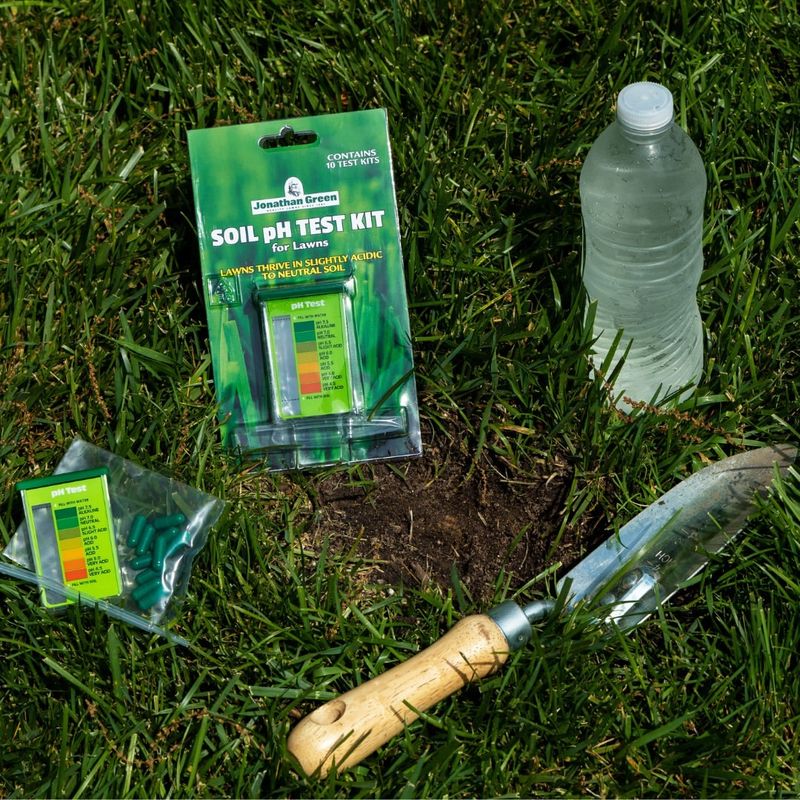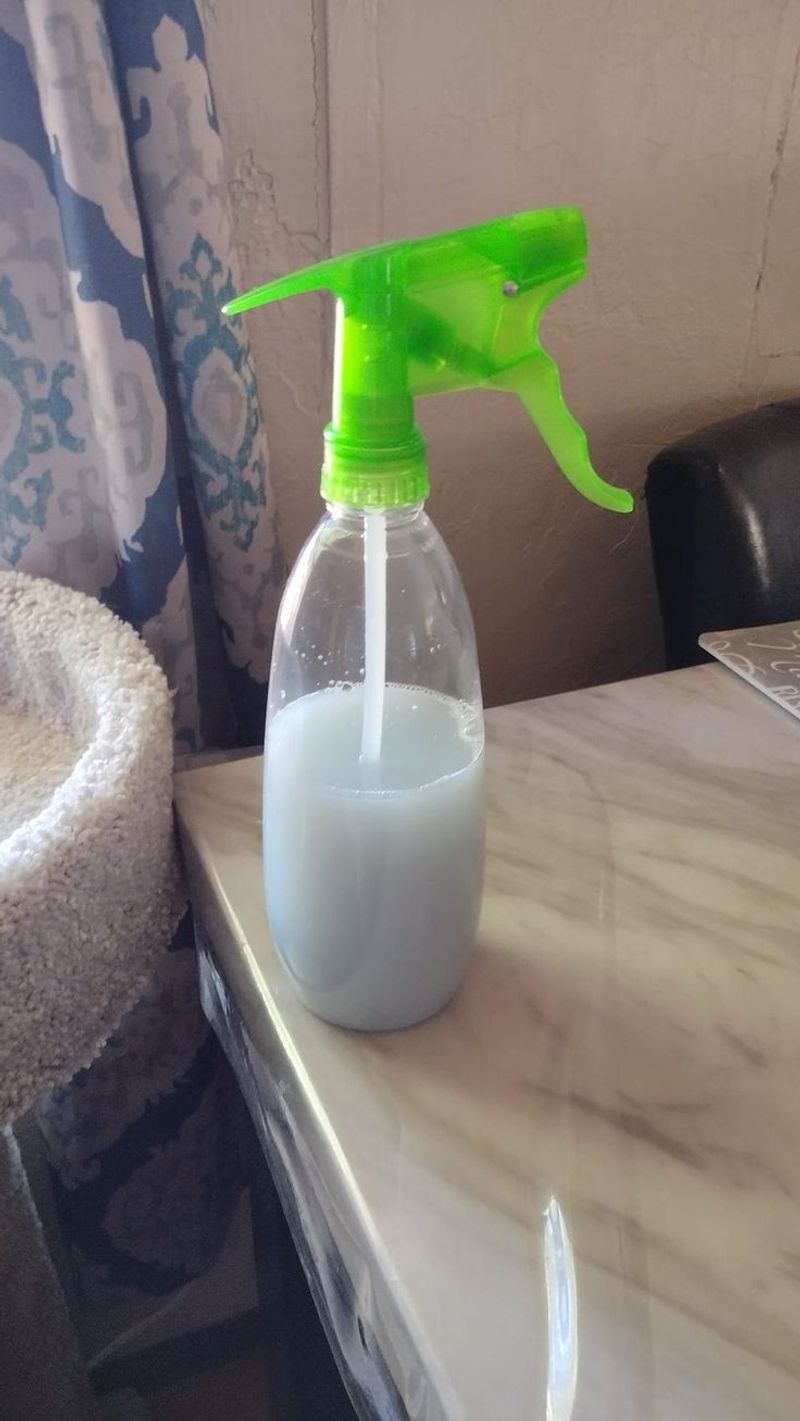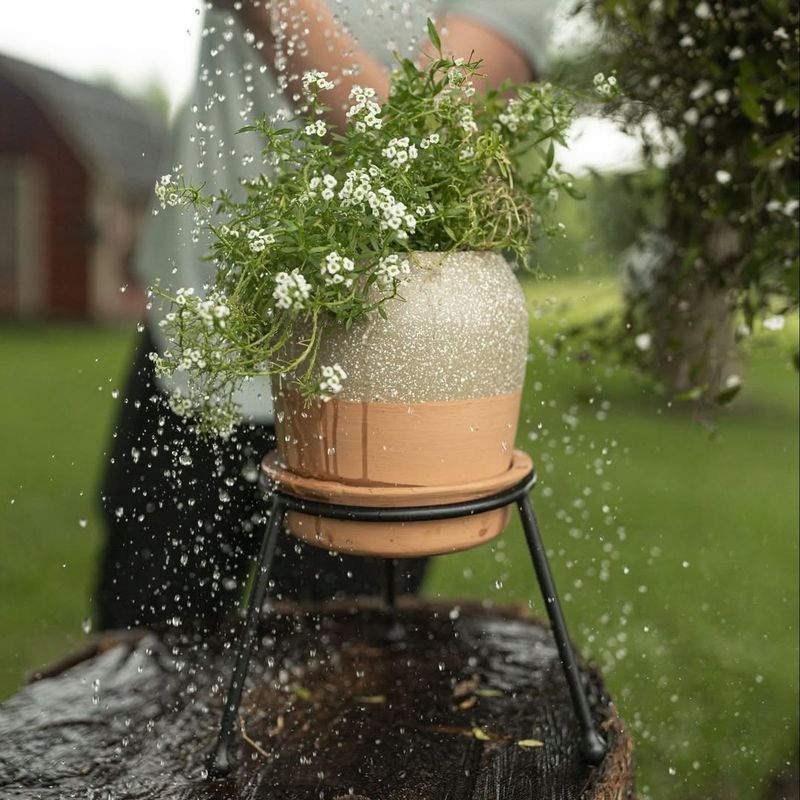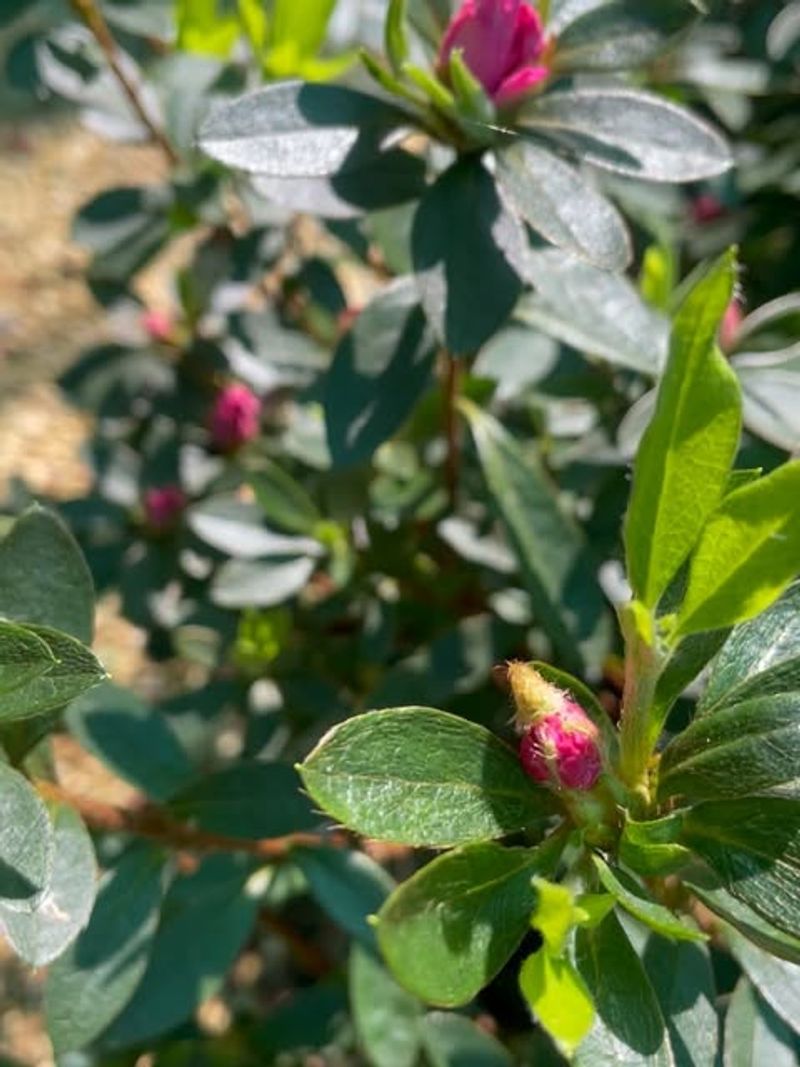Illinois gardeners know that some of the most beautiful flowers, like azaleas and hydrangeas, thrive in acidic soil.
When these acid-loving plants start looking dull or struggle to bloom, a simple vinegar solution can bring them back to life. This clever hack is affordable, easy to use, and works wonders for reviving your garden favorites.
1. Test Your Soil pH First
Before adding vinegar to your garden, grab a simple soil testing kit from any garden center. Most acid-loving flowers prefer a pH between 4.5 and 6.0, so knowing where your soil stands helps you avoid overdoing it.
Illinois soil tends to be neutral or slightly alkaline, which explains why your azaleas might look sad. Testing takes just minutes and gives you a clear starting point.
Keep a record of your results so you can track improvements over time.
2. Mix The Perfect Vinegar Solution
Creating the right vinegar mixture is easier than baking cookies. Combine one tablespoon of white vinegar with one gallon of water in a watering can or bucket.
White vinegar works best because it contains about 5% acetic acid, which gently lowers soil pH without harming beneficial microbes. Avoid using stronger vinegars or adding too much, as overly acidic soil can damage roots instead of helping them.
Stir the mixture well before using it on your Illinois plants.
3. Apply Around The Base Carefully
Pour your vinegar solution slowly around the base of each acid-loving plant, staying about three inches away from the stems. Direct contact with stems or leaves can cause burns, so aim for the soil instead.
Water the root zone thoroughly until the top six inches of soil feel moist but not soggy. Each plant typically needs about half a gallon of solution, depending on its size.
Watch how the soil absorbs the liquid to avoid creating puddles.
4. Wait And Watch For Changes
Patience pays off when using the vinegar hack. Most Illinois gardeners notice improvements within two to three weeks as leaves become greener and buds start forming.
Check your plants every few days for signs of recovery like darker foliage or new growth. If you spot yellowing leaves or wilting, you might have used too much solution, so hold off on the next application.
Take photos to compare progress and celebrate small victories along the way.
5. Repeat Monthly During Growing Season
Consistency matters more than intensity with this gardening trick. Apply your vinegar solution once every four weeks from spring through early fall when plants actively grow.
During winter dormancy, skip the treatments entirely since plants absorb fewer nutrients and the vinegar could accumulate. Mark your calendar or set phone reminders so you never miss a session.
Adjust the schedule if rainfall is heavy, as natural water dilutes the solution faster than expected.






